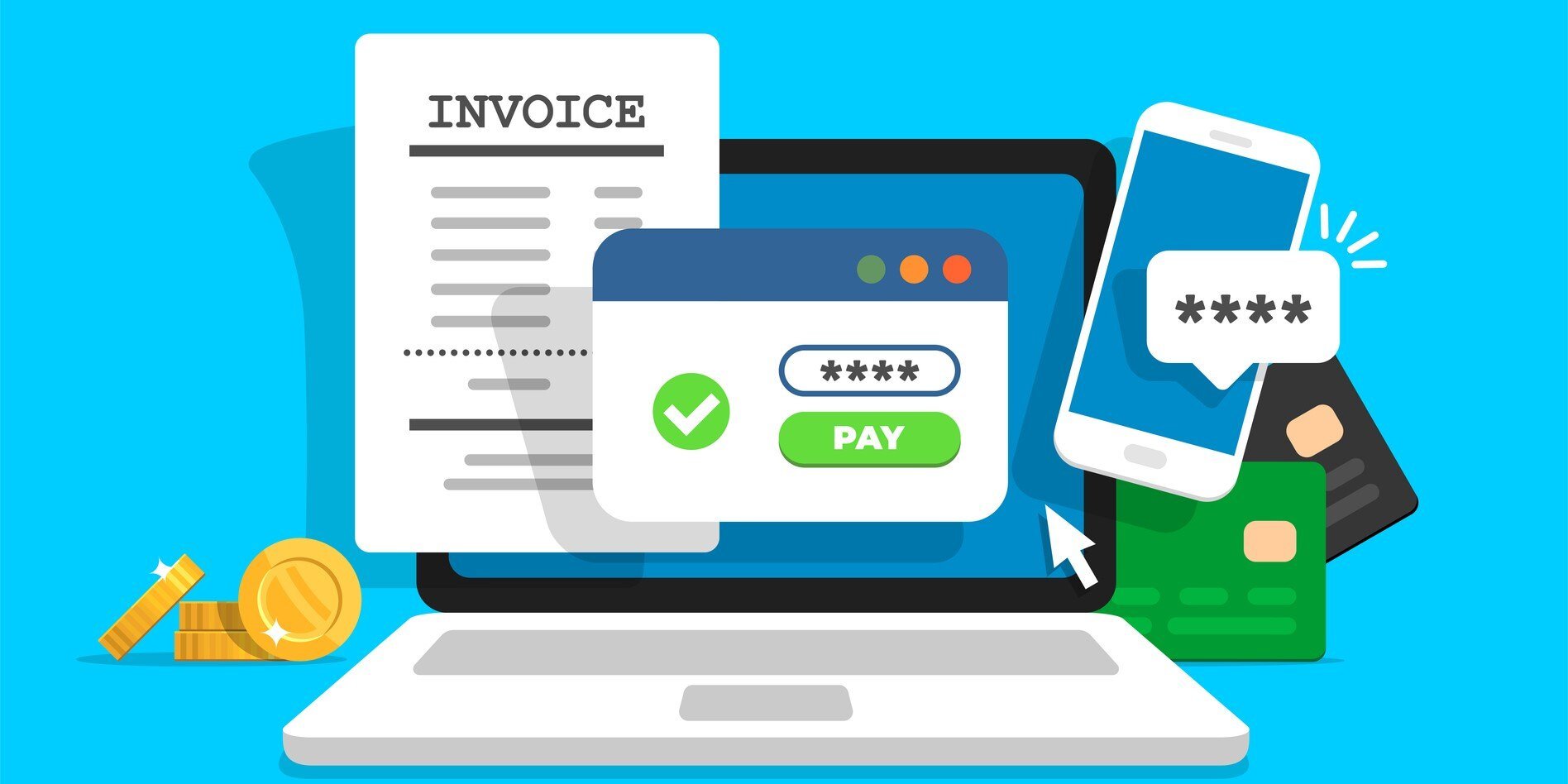Digitalizing accounts payable (AP) invoice processing is one of the most cost-effective ways to use automated workflow. By replacing manual processes with modern paperless workflows, your accounting department can easily reduce the total time it takes to process an invoice by more than 60%. In this article, we’ll provide the information you need to choose the best AP automation solution for your company.
Table of Contents
- What is accounts payable automation software?
- Key features of the best accounts payable automation software
- How to choose the best AP automation software for your business
What is accounts payable automation software?

AP automation software moves an invoice through a series of steps that are defined by a company’s business rules. The digital system handles initial capture, secure archiving, and validation. This verification includes duplicate checking, confirmation of vendor status and matching invoices with related documents such as purchase orders and delivery tickets. Then the software routes the invoice for approval, GL coding and payment. AP automation software can be a component of a document management system (DMS) or a stand-alone solution.
The best accounts payable automation software enables your accounting department to:
- Take advantage of a shorter purchase-to-pay cycle, benefit from early payment discounts and improve vendor relationships.
- Reduce costs and eliminate errors caused by paper-based processes.
- Develop a clearer picture of cash flow for better decision-making.
- Provide documentation to auditors more easily.
.gif)
FEATURED SOLUTION
Invoice processing made easy
Discover how DocuWare can optimize your accounts payable workflows in just a few steps.
Key features of the best accounts payable automation software

Invoice scanning and data capture
Invoice capture involves transforming both paper and electronic documents into a digital format that can be indexed, organized, and stored. Advanced optical character recognition (OCR) technology reads and extracts data before the invoice is stored securely, along with related documents. Then the invoice is validated and sent to the designated accounting team member for processing.
Efficient, accurate document capture guarantees improved consistency, security, and compliance. It streamlines business operations, minimizes reliance on paper, and enhances data accuracy by leveraging technologies like intelligent document processing.
Approval workflows
In a typical manual process, upon receipt of a paper or electronic invoice, a member of your accounting team verifies that the invoice contains all the necessary information and that it matches a purchase order before sending the invoice on for approval and payment. If the accounting team member can’t match the invoice to a corresponding purchase order, or there’s a discrepancy in pricing, the invoice will be sent to the appropriate cost center manager for review and correction. This is just one way that invoice processing can be delayed due to reliance on human intervention.
With automated approvals, a validation workflow can:
- Check for a valid vendor in the vendor master record.
- Flag duplicate invoices.
- Identify mathematical errors by ensuring invoice subtotal + tax + freight = gross amount.
- Validate the vendor master record for expiration date.
- Determine if early payment discounts apply.
- Identify vendors whose invoices are approved automatically if they don’t exceed a predefined dollar limit.
Smooth integration with accounting systems and ERP systems

Once an invoice is approved and paid, transaction data can be shared with other business software such as SAP Business One, SAGE, Microsoft Dynamics or QuickBooks. This improves accuracy and eliminates double data entry, greatly reducing errors. The AP automation software should also provide a complete audit trail with transparent approval history, automatic document filing and encryption to support compliance with state, federal and industry regulations.
Real-time analytics

Improving the efficiency of accounts payable processes is an essential part of an effort to ensure steady cash flow. AP automation software can provide an accurate, real-time overview of monthly spending and outstanding payables. You can easily track the amount spent with each vendor, control supplier costs by negotiating better rates and never miss an early payment discount again.
Compliance and security features
AP automation software should ensure that documents and data are captured, processed and stored securely and protected against misuse or loss. A robust rights structure can control which documents and data users can view, retrieve, edit, export, modify and delete. This enforces confidentiality because the information is only accessible to authorized users. Defining access rights guarantees that invoices cannot be changed without authorization and that changes can be tracked.
If you choose cloud AP automation software, encryption can provide next-level security for cloud-based software. All documents should be stored with AES, the encryption standard that is used by the US government for documents with the highest secret clearance level. Communication encryption is also important. Internet traffic should be sent through TLS, HTTPS and HSTS. This protects against protocol downgrade attacks and cookie hijacking. Cloud software also mirrors your system and stores a copy in one or more off-site data centers to prevent data loss.
Digitalization ensures financial data is backed up regularly, reducing the risk of data loss. The enhanced data security and backup offers businesses the assurance that financial data is secure and easily retrievable in unforeseen circumstances.
How to choose the best AP automation software for your business

Assess your business needs
What are the most error-prone processes today? Analyze why these processes are challenging and set measurable goals for improvement. Your issues might include an inefficient paper-based approval process that delays on-time payments, lack of automated reminders of when payments are due or strained vendor relationships due to lack of communication or late payments.
Then form a team to create a draft process map that includes each step identifying duplication of effort, dependencies and bottlenecks.
Evaluate scalability
Scaling up as your needs change should be done without affecting other aspects of the organization or the software, and without retraining employees on how to use the system. If your accounts payable software is part of a document management system, you can start your digital initiative in your accounting system and gradually expand other departments without affecting performance. The key to this flexibility and scalability is a system architecture that handles document access and user actions with web services.
Cloud-based document management software takes scalability one step further. You purchase what you need so you are poised for future growth. Companies can start software projects on a smaller scale and grow then as business needs evolve. The cloud supports teams of all types and sizes. Its storage volume and number of user licenses can be increased easily when you hire more employees or when the storage capacity you need increases.
Compare pricing models and ROI
Take the total cost of ownership (TCO) into account. The initial purchase may be only part of a system’s cost — there may also be hidden costs in AP automation, such as software updates, training, support and maintenance.
Make your decision based on value as well as cost. The following features and capabilities merit a closer look.


